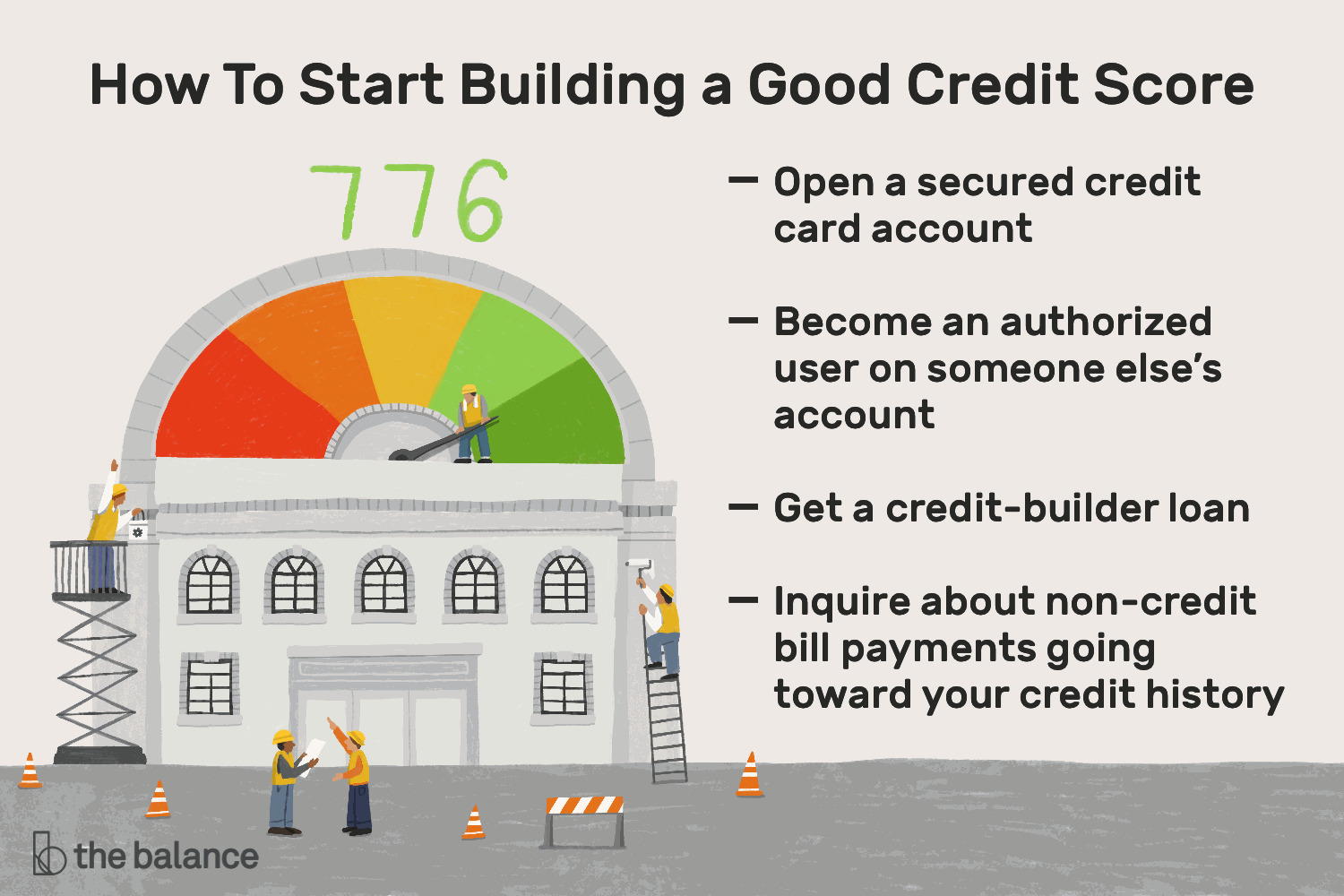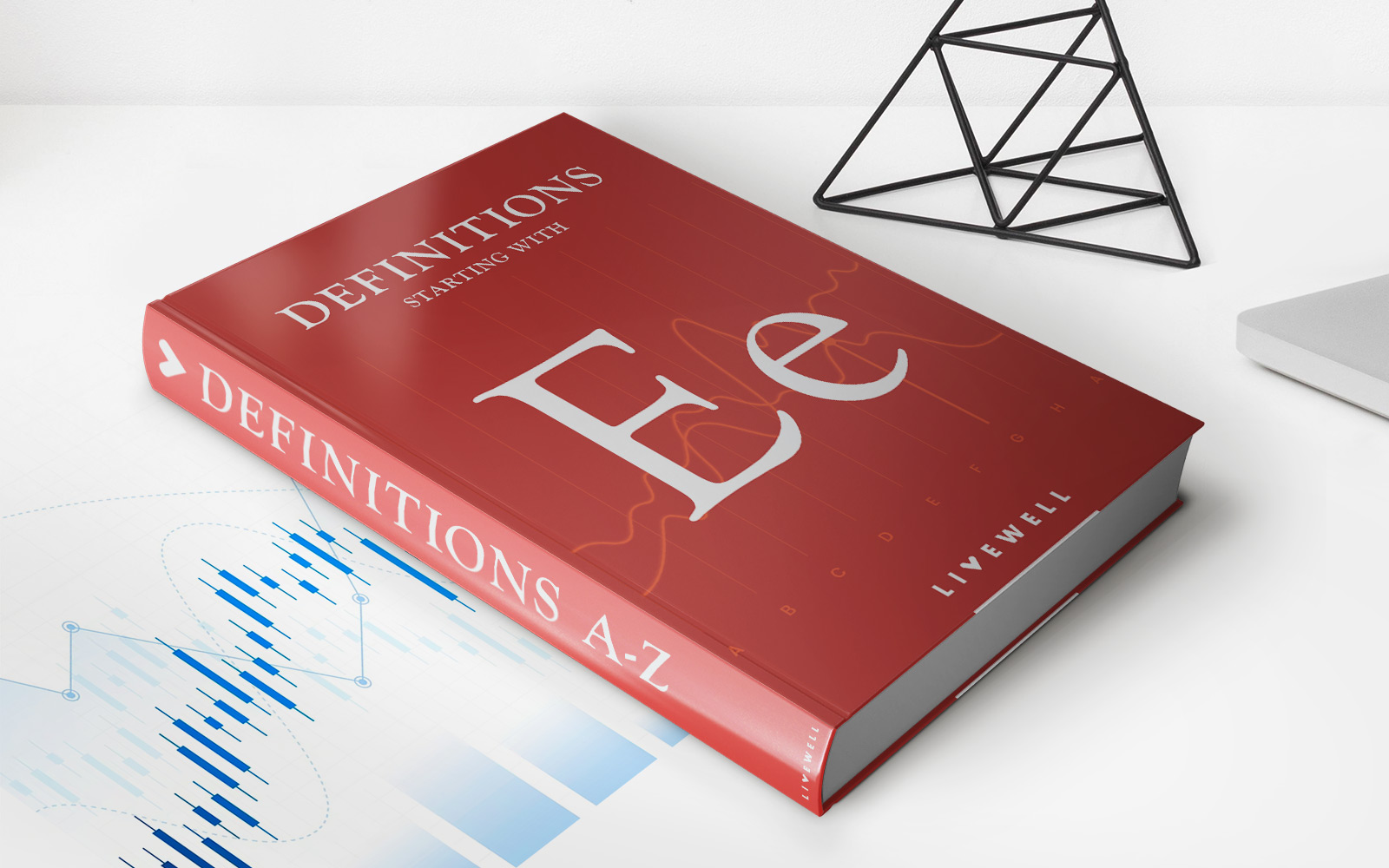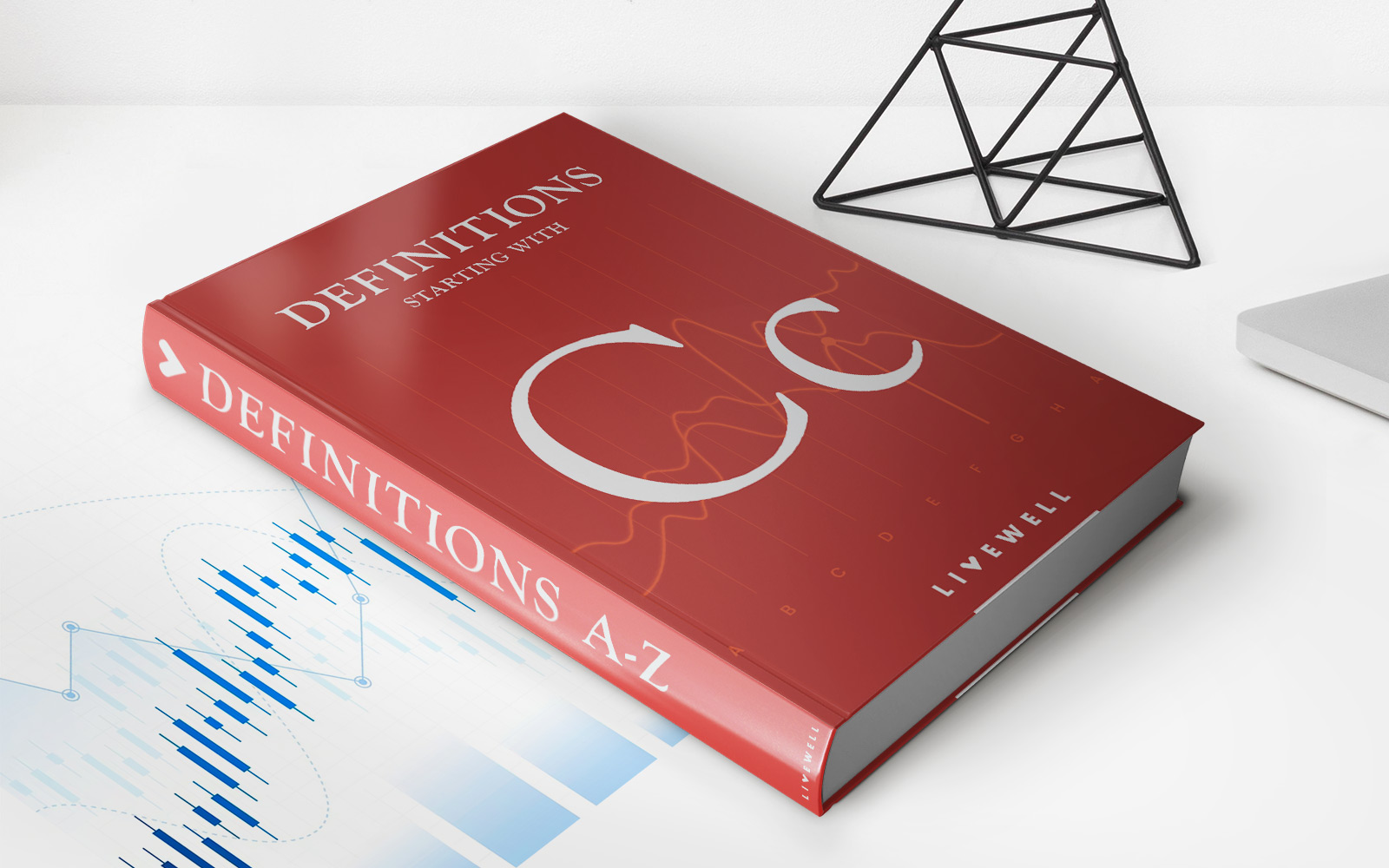Home>Finance>How Long Does It Take To Get An Insurance Binder?


Finance
How Long Does It Take To Get An Insurance Binder?
Published: November 20, 2023
Find out how long it takes to get an insurance binder in the finance industry. Get the coverage you need quickly and efficiently.
(Many of the links in this article redirect to a specific reviewed product. Your purchase of these products through affiliate links helps to generate commission for LiveWell, at no extra cost. Learn more)
Table of Contents
Introduction
When it comes to obtaining insurance coverage, time is of the essence. Whether you’re purchasing a new policy or making changes to an existing one, having proof of insurance is crucial in safeguarding your assets and providing peace of mind. One essential document that insurers provide to policyholders is an insurance binder.
An insurance binder serves as temporary proof of coverage until the complete insurance policy is issued. It outlines the key terms, coverage limits, and duration of the policy. This document plays a crucial role in protecting policyholders in case of unexpected accidents or damages. Understanding how long it takes to get an insurance binder can help ensure that you have timely access to the protection you need.
In this article, we will take a closer look at the factors that affect the time it takes to get an insurance binder, the typical timeframe for obtaining one, and strategies that can expedite the process.
Whether you are a homeowner purchasing a new insurance policy or a business owner making changes to your existing coverage, this article will provide you with valuable insights into the timeline for obtaining your insurance binder.
Understanding Insurance Binders
Before we delve into the timeframe for obtaining an insurance binder, let’s first discuss what this document entails. An insurance binder is a temporary contract that provides proof of insurance coverage until the actual policy is issued. It is typically issued during the underwriting process to provide immediate coverage while the insurer finalizes the policy details.
The insurance binder serves as a legally binding document that outlines the essential terms and conditions of the insurance policy. It includes details such as the effective dates of coverage, coverage limits, deductibles, and any applicable endorsements or additional coverage options.
Keep in mind that an insurance binder is not a substitute for the actual insurance policy. It is a temporary solution that offers immediate protection while the insurer prepares the official policy documents. Once the policy is issued, the binder becomes invalid, and the policy terms and conditions take precedence.
Insurance binders are commonly used in various types of insurance, including property insurance, auto insurance, and liability insurance. Whether you’re insuring your home, car, or business, an insurance binder provides temporary proof of coverage until the complete policy is delivered to you.
It’s important to carefully review the terms of the insurance binder to ensure that it meets your coverage needs. If you have any questions or concerns regarding the binder, it’s best to consult with your insurance agent or broker for clarification.
Now that we have a solid understanding of what an insurance binder is, let’s explore the factors that can affect the time it takes to obtain one.
Factors Affecting the Time to Get an Insurance Binder
The timeframe for obtaining an insurance binder can vary depending on several factors. Understanding these factors can give you a clearer idea of why the process may take longer in certain situations. Here are some key factors that can impact the time it takes to get an insurance binder:
- Policy Complexity: The complexity of the insurance policy you’re applying for can greatly influence the time it takes to issue an insurance binder. Policies with more extensive coverage or special endorsements may require additional review and approval, which can add to the processing timeline.
- Underwriting Process: The underwriting process plays a significant role in determining how quickly you can obtain an insurance binder. Underwriters thoroughly assess the risks associated with providing coverage and conduct various checks, such as reviewing your application, verifying information, and assessing your claims history. The more comprehensive the underwriting process, the longer it may take to receive the insurance binder.
- Insurance Carrier: Different insurance companies have varying turnaround times for issuing insurance binders. Some carriers have streamlined processes and efficient systems in place, enabling them to provide binders quickly. On the other hand, certain insurers may have longer processing times due to their internal policies or workload.
- Documentation Requirements: The time it takes to obtain an insurance binder can also be influenced by the documentation required to support your application. If you are missing any necessary documents or if additional documentation needs to be obtained, it can delay the issuance of the binder.
- Communication and Collaboration: Effective communication and collaboration between you, your insurance agent or broker, and the insurance carrier can expedite the process. Promptly providing the required information and responding to any inquiries or requests for clarification can help ensure a smooth and timely issuance of the insurance binder.
It’s important to understand that these are just a few examples of factors that can affect the time it takes to receive an insurance binder. The specific circumstances surrounding your insurance application may introduce additional variables that impact the processing timeline.
Now that we have explored the factors that can influence the time it takes to obtain an insurance binder, let’s move on to discussing the typical timeframe for this process.
Typical Timeframe for Obtaining an Insurance Binder
The timeframe for obtaining an insurance binder can vary depending on the circumstances and the insurance carrier. Generally, it takes anywhere from a few hours to a few days to receive an insurance binder once your application has been approved. However, it’s important to note that this is an estimate and actual timelines can vary.
For simpler insurance policies, such as personal auto or renters insurance, the turnaround time for receiving an insurance binder is often shorter. These policies typically have standardized coverage options, making it easier for insurers to assess the risk and issue the binder promptly.
On the other hand, more complex insurance policies, such as commercial property or liability insurance, may involve a more in-depth underwriting process. This can involve additional layers of assessment, such as inspections, risk evaluations, or the need for specialized coverage endorsements. Consequently, the time it takes to obtain an insurance binder for these types of policies may be longer, sometimes ranging from a few days to a couple of weeks.
It’s worth noting that some insurance companies offer expedited processing options for time-sensitive situations. These options may come at an additional cost, but they can help expedite the issuance of the insurance binder. If you require immediate coverage or have urgent insurance needs, consider discussing expedited processing options with your insurance agent or broker.
While waiting for your insurance binder, it’s crucial to ensure that you have alternative coverage in place to protect your assets adequately. If you are in the process of purchasing a new insurance policy, it’s advisable not to cancel any existing coverage until your insurance binder has been issued and your new policy is in effect.
By having a clear understanding of the typical timeframe for obtaining an insurance binder, you can set realistic expectations and plan accordingly. However, keep in mind that each insurance application is unique, and unforeseen factors can sometimes impact the processing time. Regularly communicating with your insurance agent or broker can help you stay informed about the status of your application and any potential delays.
Next, let’s explore some strategies that can help expedite the insurance binder process.
Expedited Processing Options for Insurance Binders
If you are in a situation where you need insurance coverage quickly, several expedited processing options are available to speed up the issuance of your insurance binder. These options may come with additional fees, but they can be worth considering if you have time-sensitive insurance needs. Here are some common expedited processing options:
- Rush processing: Many insurance carriers offer rush processing for an additional fee. This option prioritizes your application, reducing the time it takes to review and issue the insurance binder. Be sure to inquire about this option when applying for insurance.
- Online application: Some insurance companies provide the option to complete the insurance application online. This can speed up the process by eliminating the need for paperwork and allowing for faster submission and review of your application.
- Digital documentation: Submitting required documentation digitally, such as through email or an online portal, can expedite the processing time. It eliminates the need for physical documents to be mailed or processed, reducing potential delays.
- Direct communication: Establishing direct communication with your insurance agent or broker can help speed up the process. They can navigate the application process more efficiently, address any questions or concerns promptly, and advocate for expedited processing on your behalf.
- Specialized insurers: In some cases, working with specialized insurers who focus on a specific type of coverage may result in faster processing times. These insurers often have extensive experience in underwriting and issuing policies in their specialized niche, allowing for a more streamlined process.
When considering these expedited processing options, it’s essential to assess your specific insurance needs, urgency, and budget. While it can be beneficial to expedite the process, it’s equally important to ensure that you are not compromising on coverage or rushing through important policy details.
Remember to carefully review the terms and conditions of your insurance binder to verify that it aligns with your coverage requirements. If you have any questions or concerns regarding the binder or the expedited processing options, don’t hesitate to consult with your insurance agent or broker for guidance.
Now that we have explored expedited processing options, let’s move on to some tips for speeding up the insurance binder process.
Tips for Speeding Up the Insurance Binder Process
Obtaining an insurance binder in a timely manner is crucial, especially when you have time-sensitive insurance needs. While the processing time ultimately depends on various factors outside your control, there are certain steps you can take to help speed up the process. Consider the following tips:
- Provide accurate information: Ensure that you provide accurate and complete information on your insurance application. Any discrepancies or missing details can lead to delays in processing as the insurer may need to verify or obtain additional information.
- Be proactive with documentation: Gather all required documentation before submitting your application. This includes proof of ownership, vehicle information, or any other supporting documents. By providing all necessary documentation upfront, you can help expedite the review process.
- Respond promptly to inquiries: If the insurer requests additional information or clarification, respond as quickly as possible. Prompt communication and cooperation can help avoid unnecessary delays in processing your application.
- Maintain open communication: Stay in touch with your insurance agent or broker throughout the application process. Inquire about the status of your application and address any questions or concerns promptly. Clear and efficient communication can help ensure a smooth and timely issuance of the insurance binder.
- Consider pre-approval: If you anticipate needing insurance coverage within a specific timeframe, consider getting pre-approved. Pre-approval allows you to complete the underwriting process in advance, so the issuance of the insurance binder can be expedited when you submit your final application.
- Work with an experienced insurance professional: Collaborating with an experienced insurance agent or broker can streamline the process. They have in-depth knowledge of the insurance industry and can guide you through the application process, providing valuable insights and ensuring all necessary steps are completed efficiently.
By following these tips, you can help facilitate a faster processing time for your insurance binder. However, keep in mind that the timeframe ultimately depends on the specific circumstances and the insurance carrier’s procedures.
Lastly, remember to review the insurance binder carefully once it is issued. Ensure that the coverage details, limits, and any applicable endorsements accurately reflect your needs and expectations. If you have any concerns or questions, reach out to your insurance agent or broker for clarification before the binder becomes an official policy.
Now that we have explored tips for speeding up the insurance binder process, let’s conclude our article.
Conclusion
Obtaining an insurance binder is an essential step in securing temporary coverage until the complete insurance policy is issued. While the timeframe for obtaining an insurance binder can vary depending on several factors such as policy complexity, underwriting process, and the insurance carrier’s procedures, there are steps you can take to expedite the process.
Understanding the factors that affect the time it takes to get an insurance binder allows you to set realistic expectations and plan accordingly. By considering expedited processing options, such as rush processing or digital documentation, you can speed up the issuance of your insurance binder when time is of the essence.
To further accelerate the insurance binder process, it is crucial to provide accurate information on your application, respond promptly to inquiries, and maintain open communication with your insurance agent or broker. Working with an experienced insurance professional can also streamline the process and ensure that all necessary steps are completed efficiently.
While waiting for your insurance binder, ensure that you have alternative coverage in place to adequately protect your assets. You should also carefully review the terms and conditions of the insurance binder to verify that it aligns with your coverage requirements.
Remember, each insurance application is unique, and unforeseen factors can occasionally impact the processing time. By staying informed, proactive, and collaborating effectively with your insurance agent or broker, you can increase your chances of obtaining your insurance binder in a timely manner.
In conclusion, securing an insurance binder is a critical step in safeguarding your assets. By understanding the process, being proactive, and exploring expedited options when necessary, you can ensure that you have the necessary proof of coverage to protect yourself and your investments.














